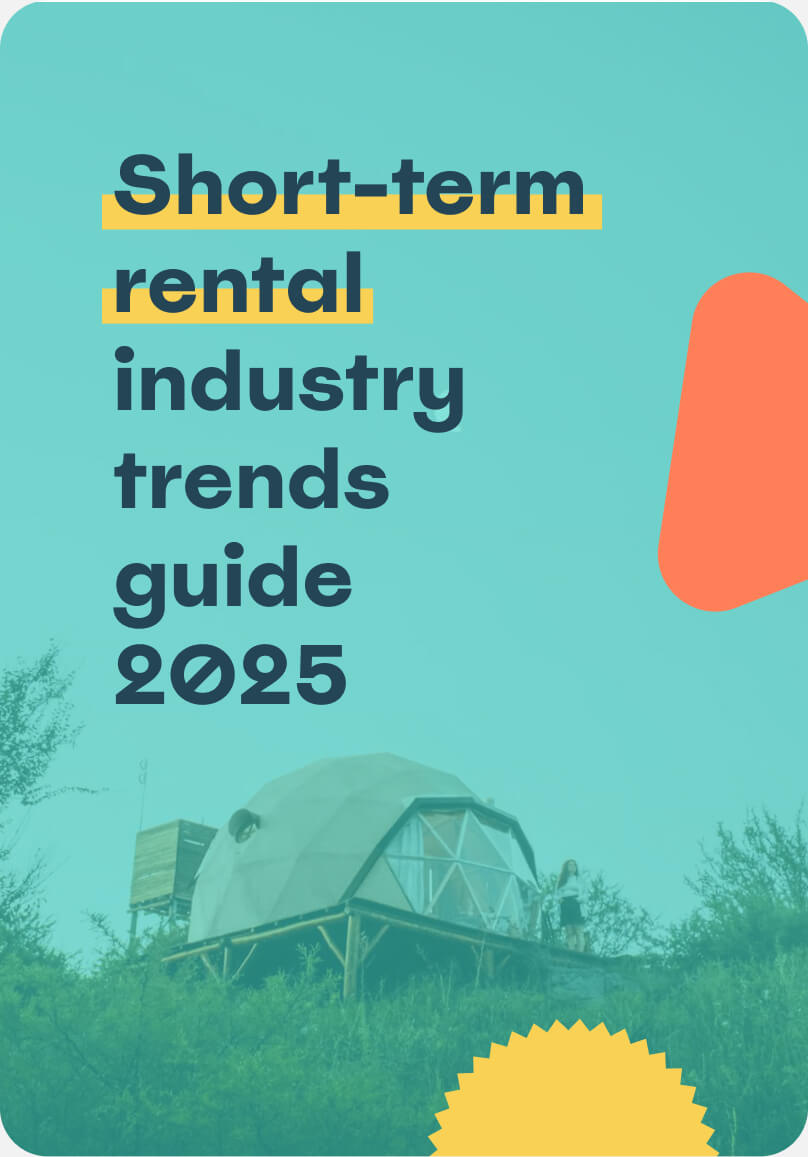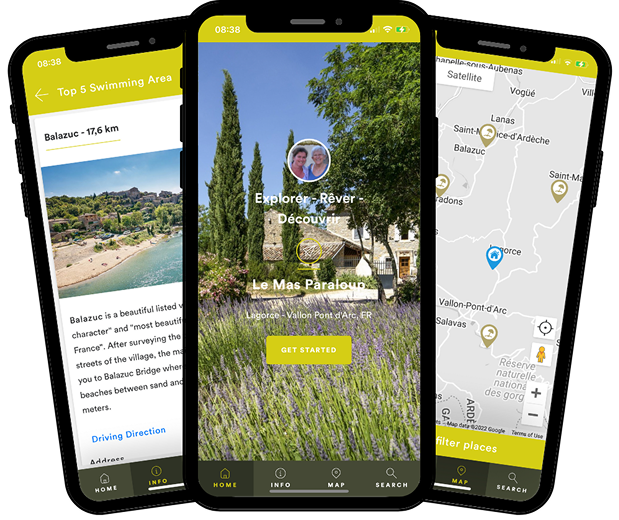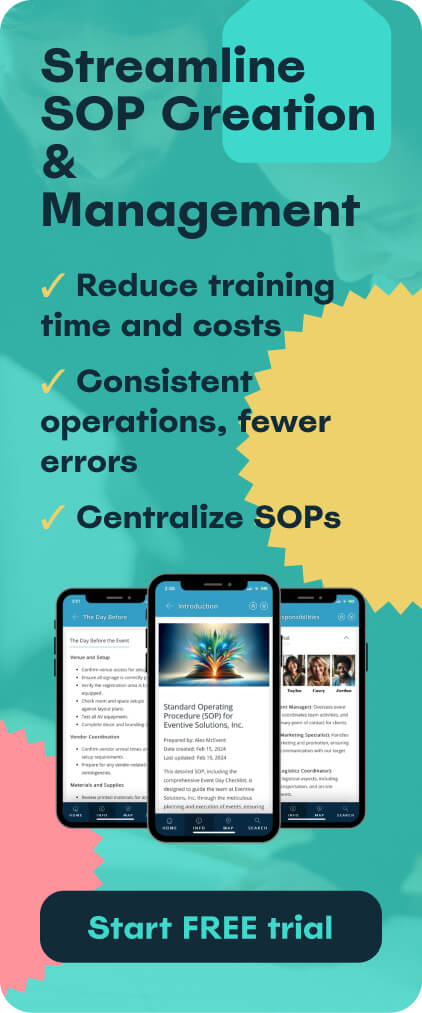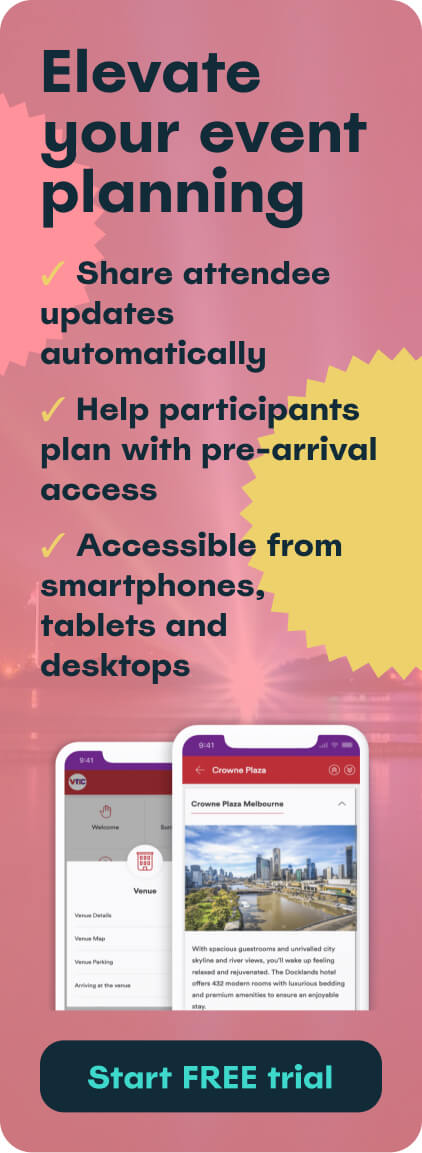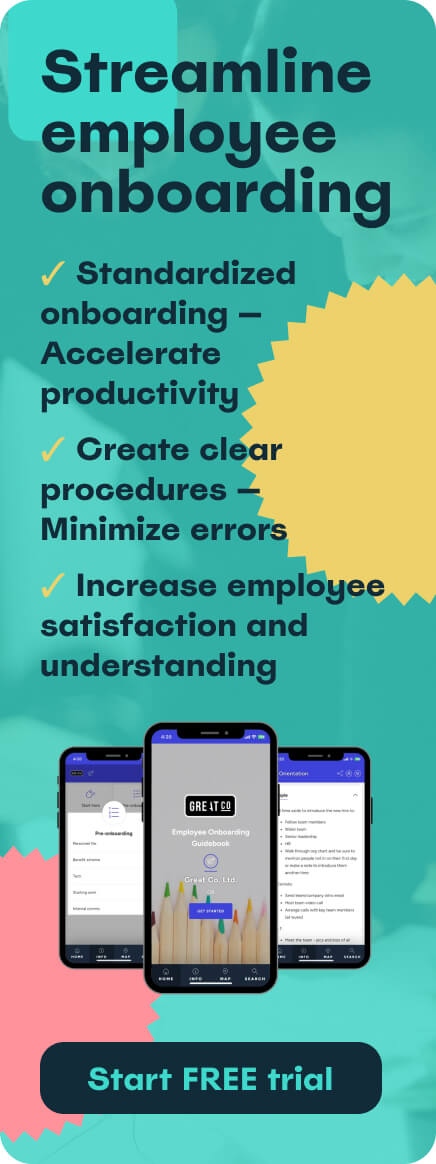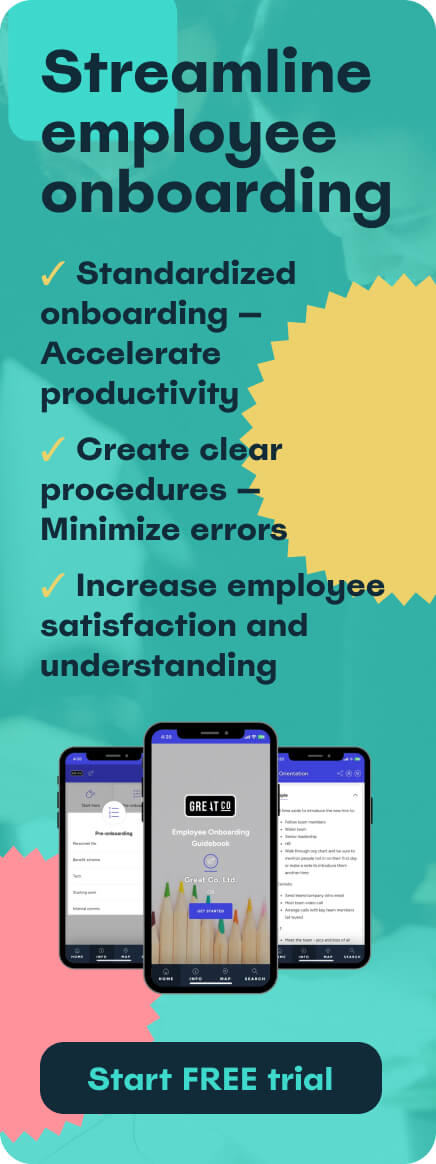Destination marketing has evolved into a powerful tool for tourism boards, short-term rental hosts, and travel businesses worldwide. In 2024, it's about much more than simply advertising a place — it’s about creating a compelling story, engaging the right audience, and delivering experiences that resonate on a deeper level.
In this article, we’ll dive deep into what destination marketing is, why it’s important, and how businesses can leverage it for success.
What will we cover in this article?
- Destination marketing definition and importance
- 9 strategies used in destination marketing, with actionable insights and real-life examples
- Case studies of successful tourism marketing campaigns
- How to measure success in destination tourism
- Future trends in marketing tourism
- Frequently asked questions about destination marketing
What is destination marketing?
Destination marketing refers to the strategic promotion of a specific location to attract visitors, boost tourism, and enhance the local economy. It involves branding a destination and using various marketing strategies to showcase its unique qualities, from natural landscapes and cultural heritage to activities and local attractions.
9 strategies used in destination marketing
To successfully market a destination, businesses and tourism boards need to employ a wide range of strategies. Here are nine effective approaches:
-
Defining target markets
Understanding who your audience is — and what they want — is key to effective tourism marketing. Different groups of travellers are drawn to different experiences. For instance, millennials may prefer adventurous, Instagram-worthy experiences, while families might look for comfort and kid-friendly activities.
How to do it:
- Conduct market research: gather data on demographics, travel behaviour, and preferences.
- Segment your audience: identify primary and secondary target groups (e.g., adventure seekers, luxury travellers).
Real-life example: VisitScotland created campaigns targeting older, affluent travellers with interests in culture and history, while simultaneously marketing outdoor adventures to younger audiences.
-
Partnerships and collaborations
Collaborating with airlines, travel agencies, local businesses, and even influencers can amplify your reach and create a more seamless experience for visitors. These partnerships can result in special packages, co-hosted events, or joint marketing campaigns that provide added value to potential tourists.
How to do it:
- Reach out to travel agencies for cross-promotion.
- Collaborate with influencers who align with your brand’s values and target market.
Real-life example: the Iceland Tourism Board partnered with the low-cost airline Wow Air to promote special flight deals, bundled with local experiences, boosting tourism and sales for both.
-
Event hosting and promotion
Hosting events, such as festivals, conferences, or sporting events, can be a major draw for tourists. These events bring people together, highlight local culture, and create memorable experiences that visitors will associate with the destination.
How to do it:
- Choose the right event type that aligns with your destination’s strengths (e.g., food festivals for culinary hotspots).
- Promote the event through social media, email marketing, and travel partners.
Real-life example: the Rio de Janeiro Carnival is one of the biggest event-based tourist draws in the world, generating billions in revenue and attracting millions of visitors annually.
-
Content creation and storytelling
Creating compelling content that tells the story of your destination is critical. Instead of just listing attractions, share unique experiences and emotions that visitors will feel when they visit. Storytelling taps into the deeper desires of travellers, such as adventure, relaxation, or cultural immersion.
How to do it:
- Create a content calendar with blogs, social media posts, and videos.
- Use storytelling that highlights unique aspects of the destination (e.g., local legends, hidden spots).
Real-life example: New Zealand’s 100% Pure New Zealand campaign used beautiful videos and stories of individual travellers to promote its natural landscapes and adventurous spirit, becoming one of the most successful tourism marketing campaigns globally.
-
Digital marketing strategies
In today’s digital world, a strong online presence is essential. This includes using SEO, social media marketing, email campaigns, pay-per-click (PPC) advertising, and other tools like digital guidebooks to attract tourists and boost your brand visibility.
How to do it:
- Optimise your website for search engines (SEO) using key terms like "destination tourism" and "marketing for travel and tourism."
- Run targeted ads on platforms like Google or Instagram.
Real-life example: use a digital guidebook to put your destination in the spotlight. Touch Stay’s destination marketing guidebook template lets you effortlessly give tourists instant access to everything your area has to offer.
-
Implementing sustainable practices
Sustainability is more than a trend; it’s an expectation for many travellers. Promoting responsible tourism by engaging local communities, protecting the environment, and encouraging sustainable visitor behaviour can set your destination apart.
Touch Stay digital guidebooks include a Making a Difference section which allows you to show-off your green credentials and social responsibilities. This part of your destination marketing guidebook lets you share your cause, how you work towards your sustainability goals.
How to do it:
- Promote eco-friendly tours, local businesses, and responsible travel tips.
- Engage local communities in tourism planning and development.
Real-life example: Casal del Fichi in Italy is using its Touch Stay guidebook to showcase what it’s doing to be more environmentally sustainable, and what its guests can do to contribute to this during their stay.
-
Budgeting and resource allocation
Effective marketing requires a clear understanding of budget constraints and resource allocation. Even with limited funds, you can achieve great results by focusing on the right strategies and channels.
How to do it:
- Prioritise your marketing budget based on ROI. For example, invest more in high-impact strategies like SEO and content marketing, and less in low-yield channels.
Real-life example: Smaller destinations often use low-cost content marketing (like blogging and social media) to achieve results on a tight budget.
-
Branding a destination
Branding is about creating a unique identity that sets your destination apart from others. It’s what makes a location instantly recognisable and what visitors will remember long after they’ve left.
Touch Stay lets you fully customise the look, feel and tone of your guidebook to tell your brand story. With a guidebook that looks just like your website, you’ll drive bookings, build loyalty and nurture repeat visits.
How to do it:
- Develop a logo, tagline, and colour palette that reflect the essence of your destination.
- Tell a consistent story across all marketing channels.
Real-life example: Las Vegas is known worldwide for its "What Happens Here, Stays Here" campaign, a brilliant example of destination branding that sells the city as a place of excitement and freedom.
-
Event marketing
Event marketing refers to the promotion of specific events to draw attention and visitors to a destination. Whether it’s a sporting event, a concert, or a cultural festival, events can serve as a significant tourism draw.
How to do it:
- Plan and promote events that showcase the destination’s unique offerings.
- Leverage social media to build anticipation and engagement around the event.
Real-life example: The South by Southwest (SXSW) festival in Austin, Texas, has grown from a small music festival into a massive cultural event that draws visitors from around the world, greatly boosting local tourism.
Case studies of successful destination marketing strategies
Let’s explore some real-life examples of how effective destination marketing has been used to drive tourism.
Case study 1: Iceland's tourism growth
In recent years, Iceland has become one of the world’s most sought-after travel destinations, largely due to its effective use of social media and partnerships. The “Inspired by Iceland” campaign worked with influencers, airlines, and travel companies to promote the country’s natural beauty.
Case study 2: Japan's tourism revival
Japan's tourism soared thanks to its strategic hosting of the 2020 Tokyo Olympics (eventually held in 2021 due to the pandemic). Japan capitalised on this event to showcase its cultural heritage, modern attractions, and exceptional hospitality.
Case study 3: Scotland's adventure tourism
Scotland’s marketing efforts targeted adventure tourism enthusiasts, particularly focusing on the rugged Highlands and outdoor experiences. The campaign “Scotland. A Spirit of Its Own” brought in visitors from all over the world by showcasing the unique landscapes and experiences available.
Lessons learned
- Partnerships are key to expanding your reach.
- Events can significantly boost tourism when promoted effectively.
- Consistent branding helps create lasting impressions.
Measuring success in destination marketing
Once you’ve implemented your marketing strategies, it’s crucial to track performance and measure success. Here are some ways to do that:
Key performance indicators (KPIs)
KPIs help determine if your marketing efforts are working. Common KPIs include:
- Visitor numbers: how many people are visiting your destination?
- Average spending: how much money are tourists spending?
- Length of stay: are visitors extending their trips?
Data collection and analysis
Surveys, tourism statistics, and visitor feedback can provide valuable insights into what’s working and what needs improvement.
Touch Stay digital guidebooks include an invaluable and easy-to-use Data Dashboard, giving you access to real time visitor data to turn destination marketing insights into action. Plus, Touch Stay offers the ability to include forms, surveys, and much more.
How to do it:
- Use visitor surveys to gather qualitative data.
- Analyse tourism statistics to identify trends and adjust your strategy accordingly.
Continuous improvement
Successful destination marketing is never static. Continuously refining and improving your approach based on data will help you stay competitive and adapt to changing traveller behaviours.
Conclusion
The future of destination marketing: emerging trends
As technology continues to advance, so too will the ways in which destinations market themselves. Here are some key trends that are likely to shape the future of destination marketing:
Virtual reality tours
Virtual reality (VR) technology is rapidly evolving and offers a unique opportunity for destinations to provide potential visitors with immersive experiences. By creating VR tours, destinations can allow users to explore their attractions from the comfort of their own homes, giving them a taste of what to expect before they even book a trip. This can be particularly effective for showcasing remote or less accessible destinations.
Touch Stay digital guidebooks include easy integration with Matterport 3D tours, allowing visitors to fully immerse themselves in a destination or property before they arrive.
Personalised travel experiences
With the increasing availability of data, destinations can now offer highly personalised travel experiences. By analysing customer data, destinations can tailor their offerings to individual preferences, such as recommending specific activities, accommodations, or itineraries based on a traveller's interests and past behaviours. This level of personalisation can enhance customer satisfaction and loyalty.
Eco destinations
As environmental concerns continue to grow, there is a growing demand for sustainable and eco-friendly travel experiences. Destinations that prioritise sustainability can attract environmentally conscious travellers and contribute to a more sustainable future. This includes initiatives such as reducing waste, conserving energy, and supporting local communities.
Continued emphasis on sustainability
Sustainability will remain a key focus in destination marketing. As consumers become more aware of the environmental impact of travel, destinations will need to demonstrate their commitment to sustainability through initiatives such as responsible tourism practices, eco-friendly accommodations, and sustainable transportation options.
Other emerging trends
- AI-powered recommendations: artificial intelligence can be used to provide personalised recommendations based on a traveller's preferences and past behaviour.
- Social media influencers: influencers can be powerful marketing tools for destinations, helping to reach new audiences and generate buzz.
- Voice search: as voice search becomes more prevalent, destinations will need to optimise their content for voice-based queries.
These innovations will allow destinations to offer more immersive, tailored, and sustainable experiences to their visitors, ultimately driving tourism and economic growth.
Final thoughts
Destination marketing is about more than just attracting visitors — it’s about creating lasting impressions and building emotional connections. By implementing thoughtful strategies and continuously refining your approach, you can drive tourism and create meaningful experiences for travellers. The impact of effective destination marketing extends beyond the tourism industry, benefiting the local community and economy as well.
Want to take your destination marketing to the next level? Create your digital guidebook today!
FAQs
Destination marketing is the strategic promotion of a location to attract tourists and boost the local economy by showcasing the unique aspects of the area.
Use a combination of digital marketing strategies, storytelling, partnerships, and event marketing to attract your target audience.
Influencers can help reach niche audiences and add authenticity to your marketing efforts by sharing personal experiences.
Branding creates a unique identity that differentiates your destination from others, making it more memorable to visitors.
Virtual reality tours, personalised travel experiences, and sustainable tourism practices are becoming increasingly important in the travel and tourism industry.

Ned
Ned has clocked up over 11 years in digital marketing and comms, with a strong focus on creating engaging content for a range of brands and agencies. When he’s not writing, he can be found digging for records, peering through his telescope at the night sky, or onboard his local lifeboat where he volunteers as a crewmember.
Be the first to know!
Join our newsletter for early access to:
- ✅ Free guides
- ✅ Pro tips & tricks
- ✅ Time saving tutorials
- ✅ Latest blog posts
- ✅ Checklists & templates
